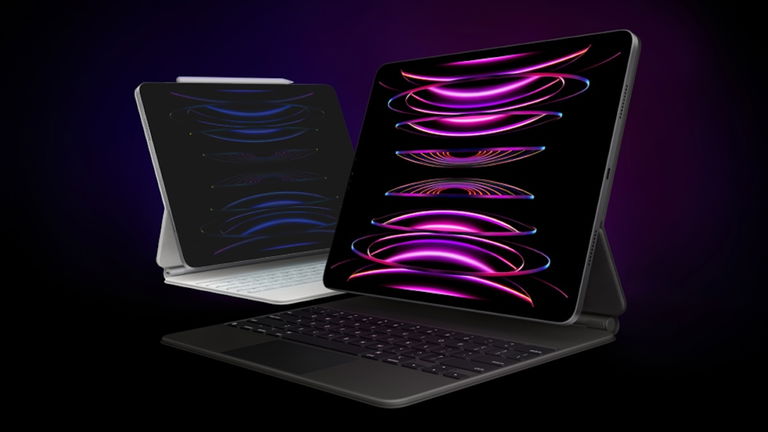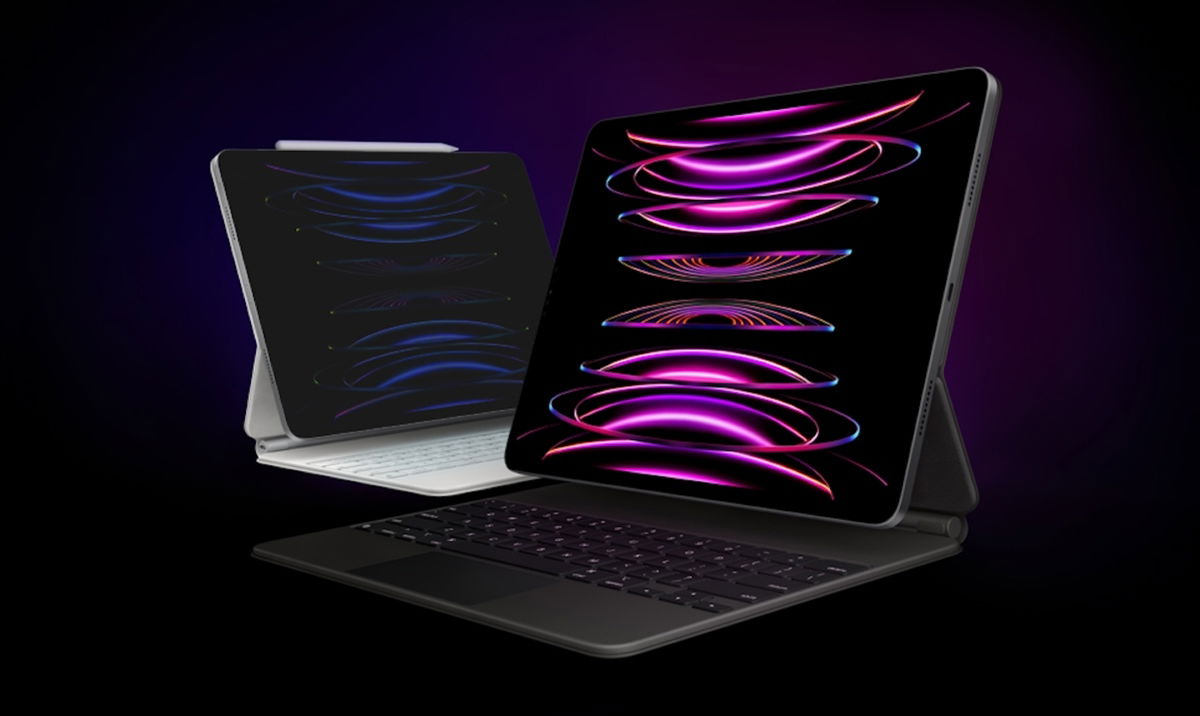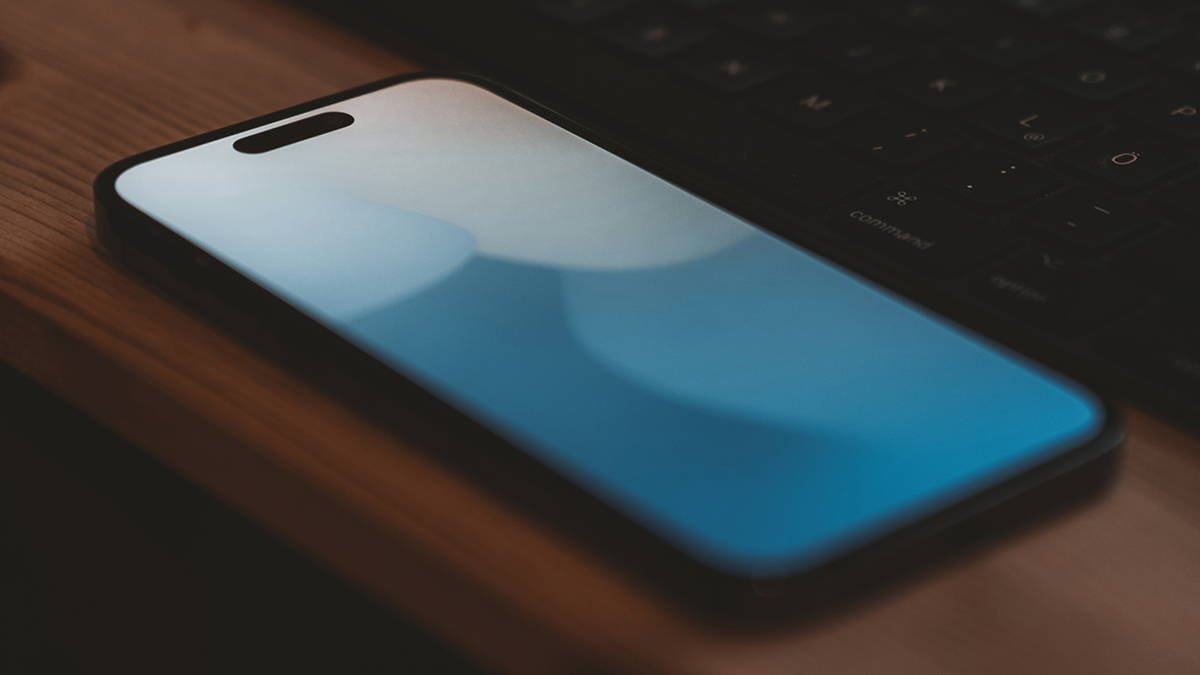A curious and interesting rumor proclaims that the OLED screen of the iPad Pro would have two different versions

Apple has been planning a game-changing update to its iPad product line since last year. And everything seems to indicate that the renewal will begin with two iPad Air models and two iPad Pro models. While the big news in the Air range is a larger iPad Air with a 12.9-inch screen, in the case of the Pro series many other innovations are expected.
The new 11 and 13-inch iPad Pros will feature OLED screens, a powerful Apple Silicon M3 processor and will be accompanied by an aluminum Magic Keyboard. Additionally, recent reports suggest that Apple will launch its 2024 iPad Pro with two different screen versions.
This intriguing rumor, which we recommend treating with a certain degree of skepticism, would curiously join previous information from Korean media The Elec which indicated that Apple would work with two different suppliers of OLED screens for its new iPad Pro 2024 models.
iPad Pro could have a matte screen and a glossy screen

iPad Pro 11 and 12.9 inches
Today, Weibo user Instant Digital shared shocking information about the screens of the new iPad Pro 2024 models. He guarantees that iPad Pro OLED display will come in matte and glossy options.
Now, it should be noted that the OLED screen would not change at all. Otherwise what The glass that covers and protects OLED panels would
This supposed and bold change in strategy in the configuration of the iPad Pro 2024 would be similar to the options available in the Studio Display and Pro Display XDR monitors, given that they have glossy glass and nano-textured glass options.

Pro Display XDR datasheet from the Apple Store
The matte glass version of the iPad Pro would have an anti-reflective treatment rate of 29%. In theory, this would cost a lot more than glossy glass. Looking at the Pro Display XDR monitor, the nano-textured glass option is up to 1,000 dollars more expensive than the standard glass version.
Some screens use a very smooth matte anti-reflective treatment on the surface. Their value is very low, around 2 to 7%. This describes the level of light diffusion on the screen surface. […] These displays can therefore be classified as glossy or “near-glossy” because their light-emitting and reflective properties align more closely with a glossy surface that has an anti-reflective film.
In principle, Apple’s new iPad Air and iPad Pro devices were expected to arrive in March.. We even thought there would be a special event. Some media, however, claim that the launch of Apple’s new iPad Pro will take place in April, while a recent rumor indicates an earlier date, with an announcement on March 26.
Regardless, if this rumor is true, the iPad Pro will have several configuration options for its display glass. Who are you staying with?








